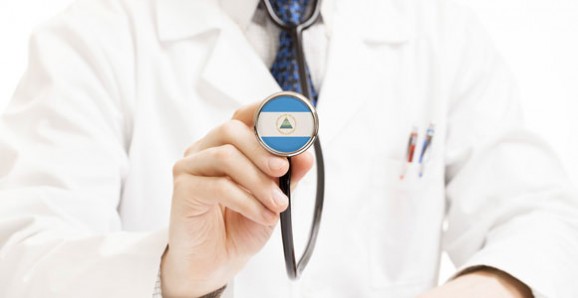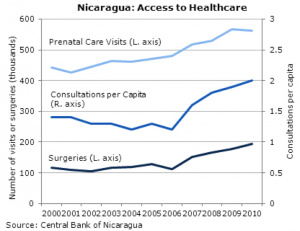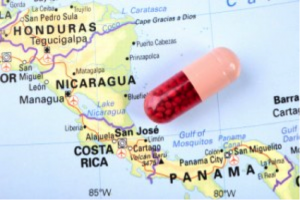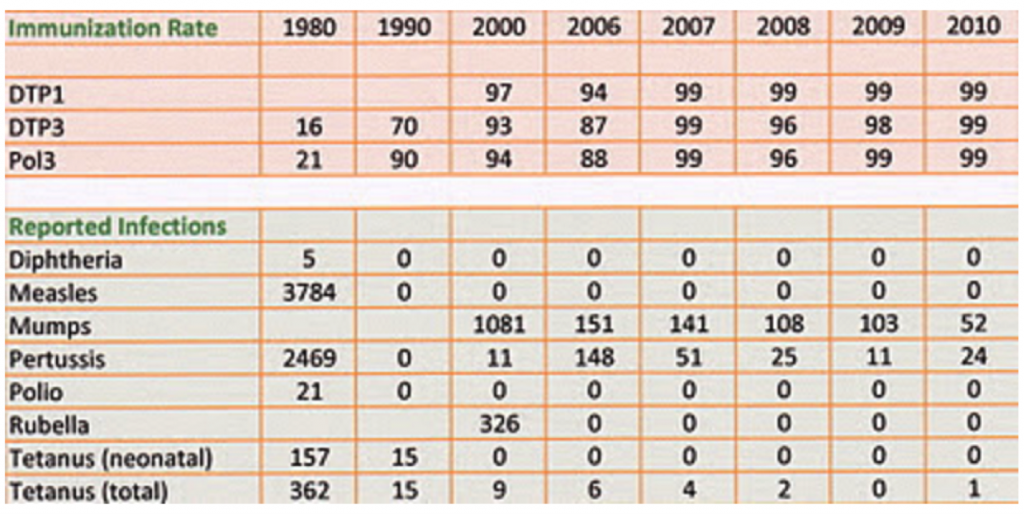Health care in Nicaragua:
We've done multiple readings in this class that allude to health care and they all reflect the importance of improving health care and having more clinical visits in rural areas. Malnutrition is an issue that has been highlighted in class through the presentations in addition to the Hijos de Maíz who came to talk to us in class. They talked about how a kid offered one of them a fish from the polluted lake even though he had nothing to eat. It has been improving significantly since the Sandinista regime by allocating more state funding to health care from 3% to 11% in a short couple years. A lot of the health care in Nicaragua is preventative-based which involves being able to understand and read information on pamphlets which has also contributed to an increase in the literacy rate. Below is information that has shown the statistics in health care developments over the years accompanied with a video that highlights health care in Nicaragua.
A few notes on the development of health care in Nicaragua:
- Before the Somoza government: access to modern health services to only 28% of the population
- Sandinista government committed to providing health care to all
- Preventative-focused
- Mass-based health education
- 3-tier health system
- Social security centers, public clinics, private clinics
- Community participation
- Mix of private and public health services
- International assistance
- Welfare and social security programs expanded
- 11% of the government budget is devoted to health care
- World Health Organization named Nicaragua a "Model Nation in Health Attention" in 1983
- Literacy campaign to promote health education
- Volunteers taught 52% of the illiterate population how to read/understand health information, reducing illiteracy rate to 12%
- Diarrhea severe problem in rural areas
Somoza years:
- > 100 students graduated from medical school each year
-
- only 1300 doctors in a country
- Right after the Somoza years, the Sandinistas founded a second medical school
- 550 students entering classes in the 6-year program



